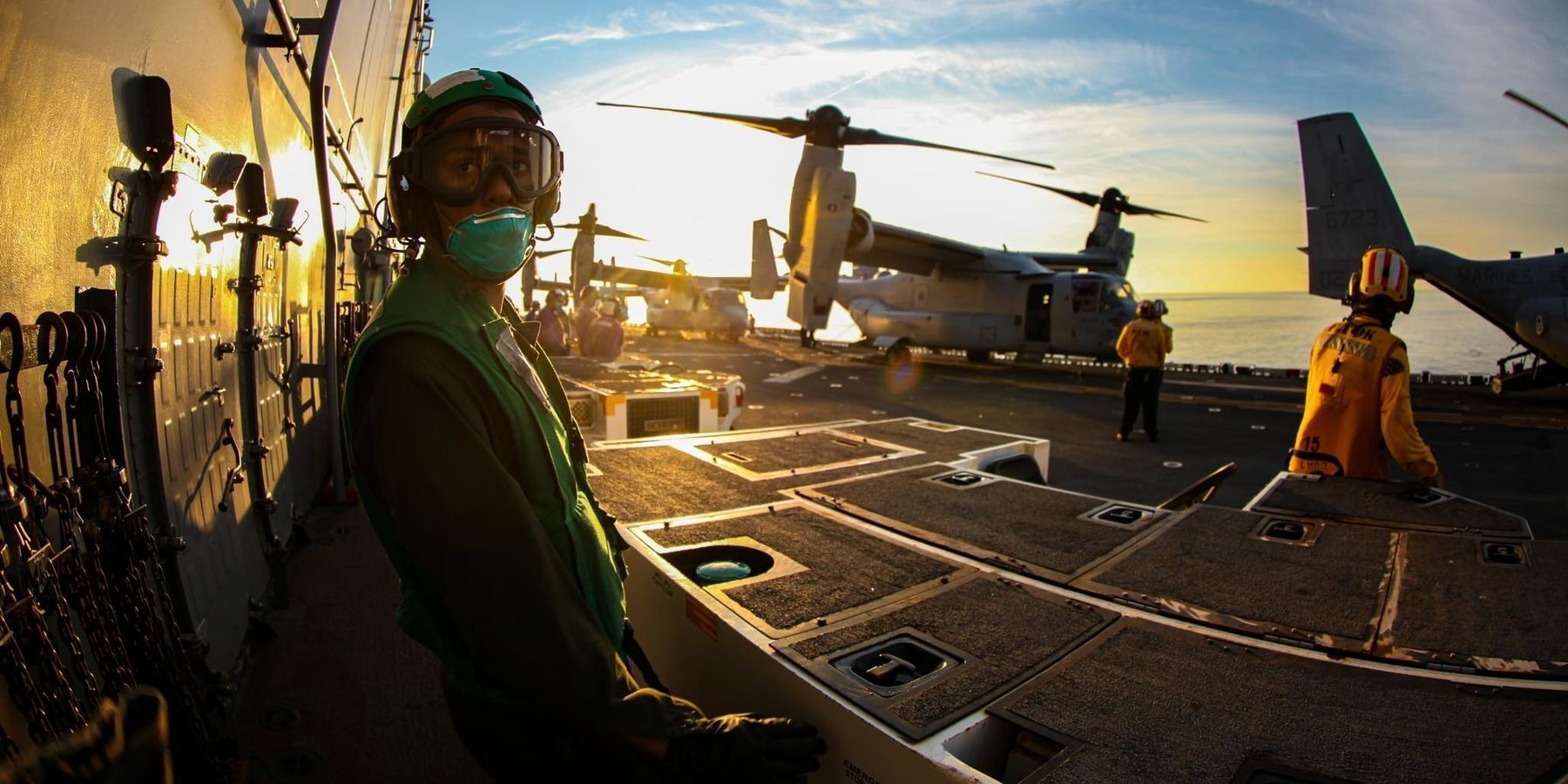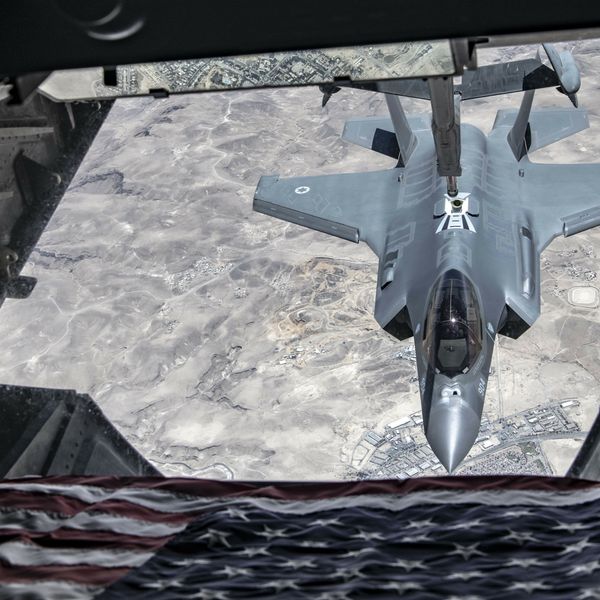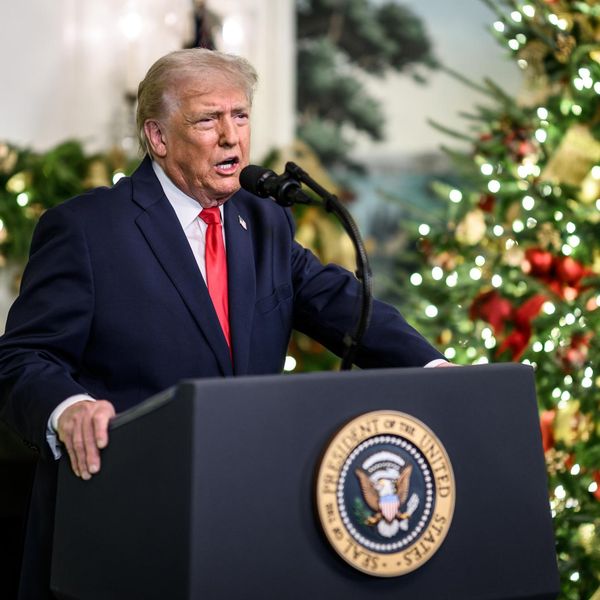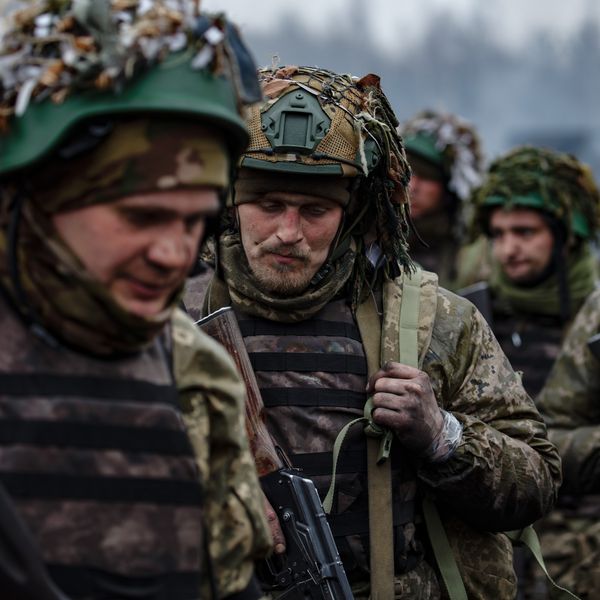During a House subcommittee hearing on June 12, Vice Admiral Carl Chebi told Congress that the V-22 Osprey will continue to fly on a faulty clutch through mid-2025.
But while it will fly at a lower capacity of only 30 minutes at a time, this change would not have prevented a crash that killed three U.S. Marines last year.
In the last two years alone, 20 service members have died in Osprey crashes. Finally, after a total of 64 fatalities and 93 injuries, Congress has launched an investigation into the Bell Boeing V-22 Osprey — known as the “widowmaker.” On June 12, the House Oversight National Security, the Border, and Foreign Affairs Subcommittee called on Chebi, adviser to the secretary of defense Peter Belk, and Program Executive Officer for Air Anti-Submarine Warfare and Special Missions Programs Gary Kurtz, to address the recent uptick in crashes.
One of the key questions for Congress was on the Osprey’s aging clutch. As defense analyst Julia Gledhill explained in these pages last year, the Osprey’s clutch will occasionally slip and disengage with one of the aircraft’s proprotors and can cause the helicopter to lurch and nosedive, in what is known as a hard clutch event.
“Over time, the clutch wears out and has a higher susceptibility to slipping which will cause a hard clutch event,” acknowledged Chebi during the hearing. “In 2022 we had a sharp increase in the number of hard clutches.”
Kurtz told the subcommittee on Wednesday that a rework on the clutch would be done “somewhere between mid-period of 2025 and the third quarter of that fiscal year.” The Department of Defense also removed clutches that have over 800 hours but will continue to use the faulty clutch until then, putting more service members at risk.
As Admiral Chebi admitted, they have “not eliminated the risk.”
Rep. Stephen Lynch (D-Mass.) disagreed with the decision to continue to use the faulty clutch: “What do you think the consequences will be if we have another V-22 go down and we lose more brave Marines or Airmen between now and the time at which Mr. Kurtz indicates we would have this clutch situation figured out and deployed?” said Lynch. “Your whole program’s done. It’s done. If another Osprey goes down, we’re done. This program’s done. So why don’t we ground this now?”
Several family members of Osprey crash victims were incensed to learn that the program will continue to use the aging clutch — rather than grounding the fleet until they can replace the faulty part. After the hearing, the family members of victims sitting in the front row spoke with the witnesses. “Why would you fly something that still has a risk?” asked Gwyneth Collart, the sister of Cpl. Spencer Collart — crew chief of the Osprey that crashed in Australia. Chebi, whose own son is flying in an Osprey, didn’t have an answer.
With every crash, military families hear a different excuse. Initially, the Pentagon blamed the pilots. After a crash in Norway in 2022 killed four Marines, the military said the aircrew had “deviated from the preplanned and authorized flight.” In response to a California Osprey crash in 2022 that killed five Marines, the military acknowledged the issue with the clutch and claimed it had instituted changes.
After a series of deadly crashes in Australia and Japan in 2023, the military said it would investigate the issue and downplayed any links between the accidents and a potential clutch malfunction.
After the crash in Japan, which left eight dead, Naval Air Systems Command grounded the entire fleet. However, the Osprey was up and running again by March. The Osprey has received “no equipment modifications before they return to the air.” Despite the uptick in crashes, Chebi admitted that they only recently began an Osprey program review.
Admiral Chebi told lawmakers that to prevent more mishaps, the fleet will not be ready for full mission capability until mid-2025 and will only be allowed to fly for 30 minutes at a time. Yet, this change would not have prevented at least one of the most recent crashes. The parents of Cpl. Collart told RS that their son’s flight time was only 15 minutes. Collart’s best friend, Lance Cpl. Evan Strickland was also killed in a separate Osprey accident just a year prior.
Bell and Boeing’s selling point with the Osprey is its ability to go faster and farther than competitors due to its tilt-rotors. Since it can only fly 30 minutes — putting more Marines at risk — Department of Defense officials did not explain why it is necessary to fly it at all.
Witnesses mostly played a game of high-stakes hot potato, taking turns evading questions by deferring to their colleagues. Months ago, Congress requested data regarding internal crash reports, but the Defense Department has yet to hand over an un-redacted version. "You don’t want to give us full transparency...but you want the money from the taxpayer to pay for this," said Rep. Andy Biggs (R-Ariz.).The Pentagon has previously stonewalled investigations into the Osprey program. A 2009 hearing ended after three minutes because the Pentagon refused to provide documentation beforehand.
Wednesday’s hearing may have lasted longer than three minutes, but it still left military families with more questions than answers. “We’re paying all of this money and putting our loved ones at risk, they should be handing over those things,” said Karyn Reyes, whose son was critically injured in the Australia crash.
“There's not enough transparency. They don't have enough information or data. They clearly don’t have answers still on the cause of these mishaps and why the hard clutch engagement is happening and they don’t have a fix for it,” said Alexia Collart, the mother of Cpl. Spencer Collart. “In my mind, if you can’t fix it, you shouldn’t be flying it.”
- Osprey grounding highlights dangers of space-age aircraft ›
- Recent string of deadly military crashes is no accident ›
- Osprey crash in Japan kills 8 US soldiers ›
- 11 Marines have died in Osprey training crashes since last year ›
- Why they call the Osprey the 'widow maker' ›
- The US military chases shiny new things and the ranks suffer | Responsible Statecraft ›
- Gutting military testing office may be the deadliest move yet | Responsible Statecraft ›
- Military aircraft accidents are spiking | Responsible Statecraft ›
















